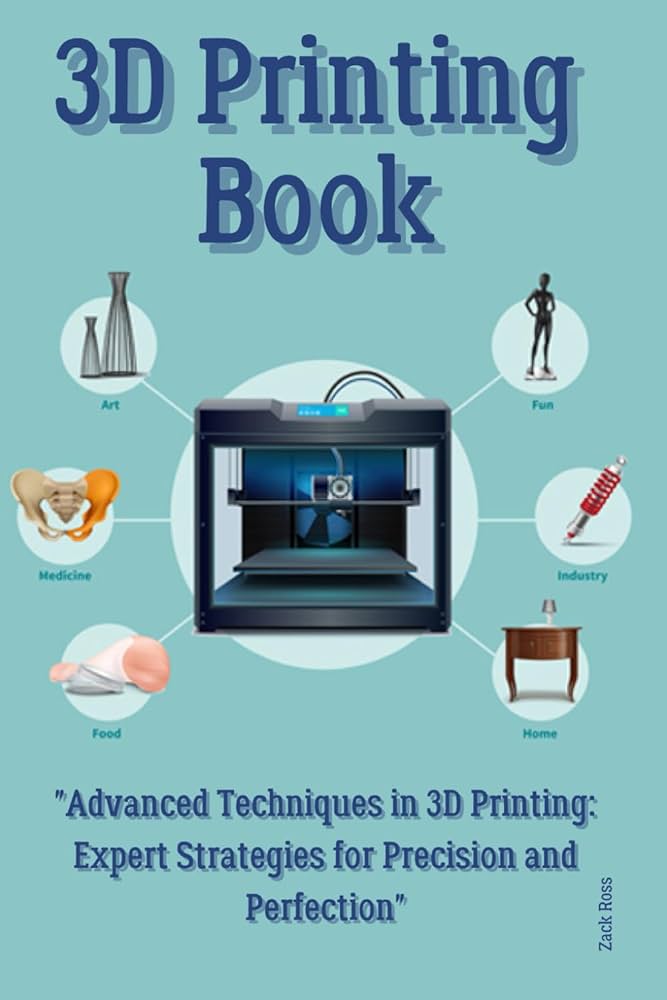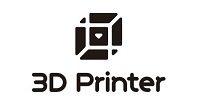Introduction
3D printing has revolutionized the manufacturing industry, allowing for the creation of complex and customized objects with ease. As technology continues to advance, so do the techniques used in 3D printing. In this article, we will explore some of the advanced 3D printing techniques that enhance precision and strength in the final printed objects.
High-resolution 3D Printing

High-resolution 3D printing involves using printers that can produce finer details and smoother surfaces. This technique utilizes a smaller nozzle size and higher layer resolution, resulting in more precise and accurate prints. The increased resolution enhances the overall quality and intricacy of the printed objects.
Multi-material 3D Printing
Multi-material 3D printing allows for the simultaneous use of different materials in a single print. This technique enables the creation of objects with varying properties, such as combining rigid and flexible materials. By incorporating multiple materials, the strength and functionality of the printed objects can be significantly enhanced.
Continuous Liquid Interface Production (CLIP)
CLIP is a revolutionary 3D printing technique that uses a combination of light and oxygen to create objects from a liquid resin. Unlike traditional layer-by-layer printing, CLIP allows for continuous printing, resulting in faster production times. This technique also produces objects with exceptional surface finish and mechanical properties.
Selective Laser Sintering (SLS)
SLS is a technique that uses a high-powered laser to selectively fuse powdered materials together. This method is particularly useful for printing objects with complex geometries and intricate internal structures. SLS offers excellent strength and durability, making it suitable for functional prototypes and end-use parts.
Digital Light Processing (DLP)
DLP is a 3D printing technique that uses a digital light projector to cure liquid resin layer by layer. This method allows for faster printing speeds compared to traditional stereolithography (SLA). DLP produces highly detailed prints with smooth surfaces, making it ideal for applications that require high precision and accuracy.
Summary
Advanced 3D printing techniques have opened up new possibilities for creating objects with exceptional precision and strength. One such technique is high-resolution 3D printing, which utilizes finer layers and smaller nozzle sizes to achieve intricate details and smooth surfaces. Another technique is multi-material 3D printing, where different materials are combined to enhance the strength and functionality of the printed object. Additionally, the use of advanced materials, such as carbon fiber-reinforced polymers, allows for the production of lightweight yet robust objects. Furthermore, post-processing techniques like annealing and polishing can further improve the strength and surface finish of 3D printed objects. By incorporating the look at here now se advanced techniques into the 3D printing process, manufacturers can create high-quality, durable, and precise objects for various applications.
- Q: What are some advanced 3D printing techniques?
- A: Some advanced 3D printing techniques include stereolithography (SLA), selective laser sintering (SLS), and digital light processing (DLP).
- Q: How do these techniques enhance precision?
- A: These techniques enhance precision by using high-resolution printers and precise layering methods, resulting in finer details and smoother surfaces.
- Q: How do these techniques enhance strength?
- A: These techniques enhance strength by allowing for the use of stronger materials, such as metal or carbon fiber composites, and optimizing the internal structure of the printed object for improved structural integrity.
- Q: Can advanced 3D printing techniques be used for industrial applications?
- A: Yes, advanced 3D printing techniques are widely used in various industrial applications, including aerospace, automotive, and medical industries, due to their ability to produce complex and durable parts.
- Q: Are there any limitations to advanced 3D printing techniques?
- A: While advanced 3D printing techniques offer numerous benefits, they may have limitations in terms of cost, printing speed, and size restrictions for larger objects.

Welcome to my website! My name is Noah Embry, and I am a passionate Dental Public Health Specialist with a strong interest in prototyping essentials, 3D printing techniques, design software reviews, and custom fabrication tips. I am thrilled to share my knowledge and expertise in these areas with you.
